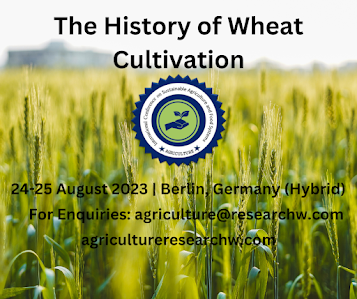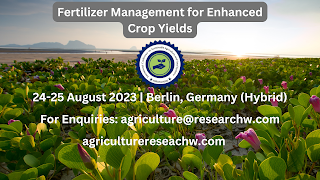Biodiversity

Biodiversity, short for biological diversity, refers to the variety of life forms present on Earth. It encompasses the incredible range of species, ecosystems, and genetic diversity that make up our planet's intricate web of life. Biodiversity is a fundamental component of Earth's natural systems, and it plays a critical role in maintaining the health, stability, and resilience of ecosystems. Biodiversity is typically classified into three main levels: Species Diversity: This refers to the variety and abundance of different species within a specific region or ecosystem. Each species has unique traits and adaptations that contribute to the overall complexity of ecosystems. Genetic Diversity: This pertains to the variation in genetic traits within a species. Genetic diversity is essential for populations to adapt to changing environmental conditions, resist diseases, and ensure the survival of the species. Ecosystem Diversity: Ecosystems are composed of various species interact...
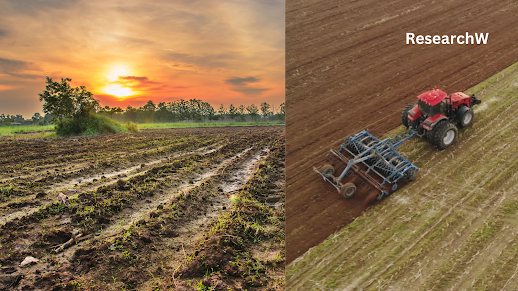
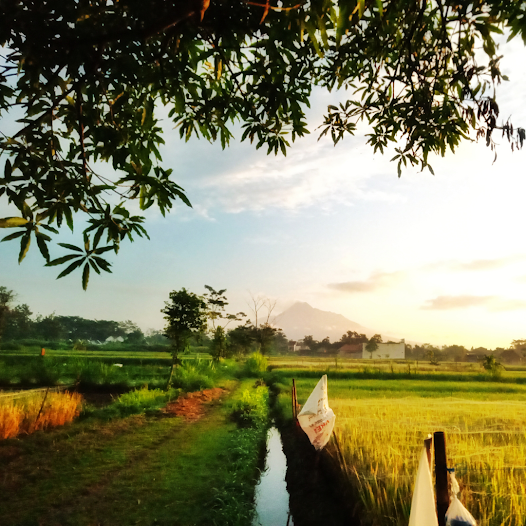



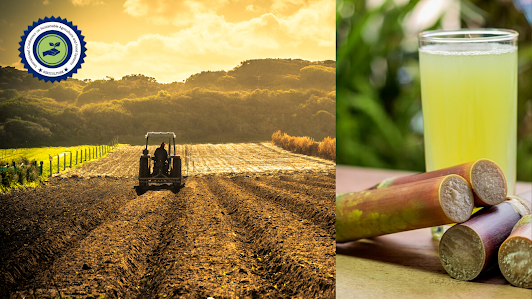

.png)
